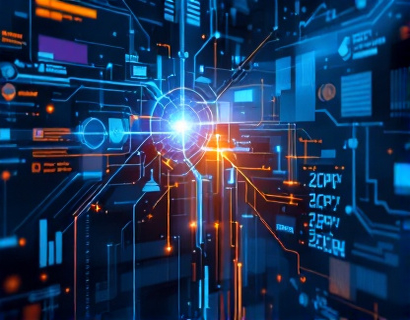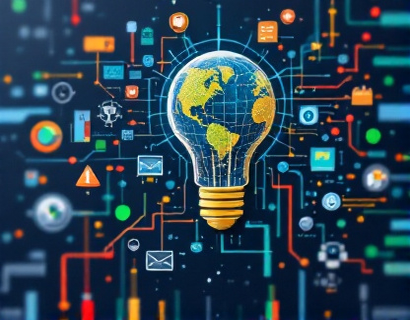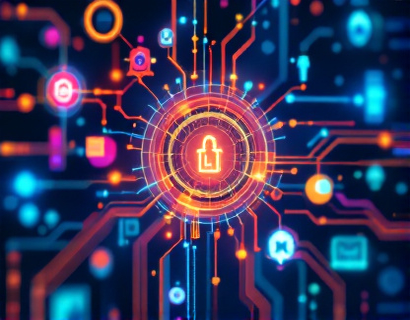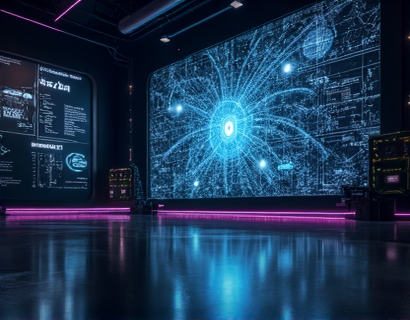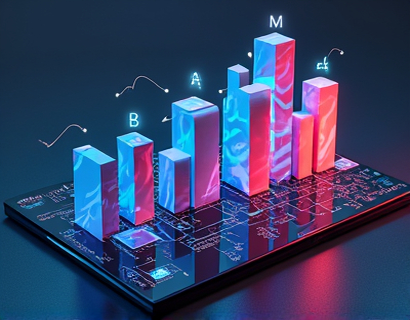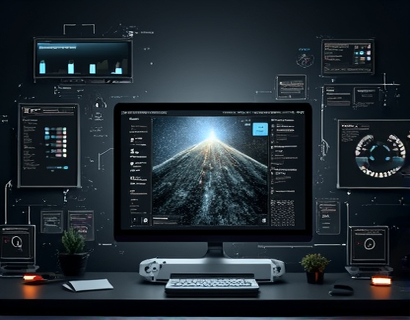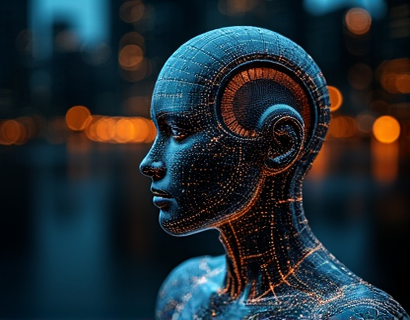Empowering Young Minds: The Role of AI-Powered Educational Chatbots in Providing Safe and Verified Industry Insights
In the rapidly evolving landscape of education, the integration of artificial intelligence (AI) has opened new avenues for learning and knowledge acquisition. Among these innovations, AI-powered educational chatbots stand out as a transformative tool, especially for children and students seeking specialized industry insights and workshop knowledge. These chatbots offer a secure and verified platform, ensuring that the content provided is not only informative but also safe for young users. This article delves into the significance of such chatbots, their functionalities, and the benefits they bring to the educational sector.
Understanding AI-Powered Educational Chatbots
AI-powered educational chatbots are sophisticated software applications designed to simulate conversation with human users through natural language processing (NLP) and machine learning algorithms. These chatbots are programmed to understand and respond to user queries in a conversational manner, providing personalized and relevant information. In the context of education, these chatbots serve as virtual mentors, guiding students through complex topics and offering insights into various industries.
Ensuring Safety and Verification
A critical aspect of any educational tool, especially one aimed at children and students, is safety. The content provided by these chatbots undergoes rigorous verification processes to ensure accuracy, relevance, and appropriateness. This involves cross-referencing information from trusted sources, adhering to educational standards, and implementing strict content moderation policies. By doing so, these chatbots create a secure environment where young learners can explore and learn without exposure to harmful or misleading information.
Access to Specialized Industry Insights
One of the primary advantages of AI-powered educational chatbots is their ability to provide specialized industry insights. These insights are curated from industry reports, expert opinions, and academic research, offering students a comprehensive view of various fields. For instance, a chatbot designed for students interested in technology can provide detailed information on the latest trends in AI, cybersecurity, and software development. This access to industry-specific knowledge helps students make informed decisions about their future academic and career paths.
Interactive Learning Experience
The interactive nature of chatbots enhances the learning experience by engaging students in a dynamic and conversational format. Unlike traditional educational resources that are often static and one-dimensional, chatbots allow for real-time interaction. Students can ask follow-up questions, seek clarifications, and explore topics in depth. This interactive approach not only makes learning more enjoyable but also fosters critical thinking and problem-solving skills.
User-Friendly Interface
The design of these chatbots prioritizes user-friendliness, ensuring that even young children can navigate the platform with ease. The interface is intuitive, with clear and simple language, and visual elements that cater to different learning styles. For younger users, the chatbot can incorporate gamification elements such as badges, points, and rewards to motivate and encourage continued learning. This makes the educational process more engaging and less intimidating.
Personalized Learning Paths
AI-powered educational chatbots can adapt to the individual needs and learning paces of each user. By analyzing user interactions and performance, the chatbot can tailor the content to suit the student's level of understanding and interests. This personalization ensures that each student receives a customized learning experience, addressing their specific gaps and reinforcing their strengths. Such a tailored approach is particularly beneficial in a diverse classroom setting where students have varying levels of knowledge and learning styles.
Enhancing Workshop Knowledge
For students interested in workshops and hands-on learning experiences, these chatbots serve as a valuable resource. They can provide detailed information about upcoming workshops, including topics, schedules, and registration details. Moreover, chatbots can offer preparatory materials and resources to help students get the most out of these workshops. This pre-workshop knowledge ensures that students are well-prepared and can fully engage in the learning activities.
Building a Community of Learners
Beyond individual learning, AI-powered educational chatbots can foster a sense of community among students. By facilitating discussions, group projects, and peer-to-peer learning, these chatbots help create a collaborative environment. Students can share their insights, ask questions, and learn from one another, thereby enriching their educational experience. This community aspect is particularly important for children and students who may benefit from social interaction and support in their learning journey.
Parental and Teacher Involvement
The involvement of parents and teachers is crucial in the educational process, and AI-powered chatbots can bridge the gap between home and school. These chatbots can provide parents and teachers with updates on the student's progress, recommended resources, and areas for improvement. This transparency ensures that all stakeholders are aligned and can support the student's learning effectively. Teachers can also use the chatbot to gather feedback and insights, helping them refine their teaching methods and materials.
Overcoming Educational Barriers
One of the most significant benefits of AI-powered educational chatbots is their ability to overcome educational barriers. For students in remote or underserved areas, access to specialized knowledge and resources can be limited. These chatbots democratize education by providing high-quality content to a broader audience, regardless of geographical location or socioeconomic status. This inclusivity ensures that all students, regardless of their background, have the opportunity to learn and grow.
Continuous Improvement and Adaptation
The field of AI is constantly evolving, and educational chatbots are no exception. These platforms are designed to learn and adapt over time, incorporating new information and improving their responses based on user interactions. This continuous improvement ensures that the content remains up-to-date and relevant, addressing the latest developments in various industries. For students, this means access to the most current and accurate information, enhancing the value of their learning experience.
Conclusion
AI-powered educational chatbots represent a significant advancement in the way we approach learning and knowledge acquisition. By providing a safe, verified, and interactive platform, these chatbots empower students and children to explore specialized industry insights and workshop knowledge. The benefits extend beyond individual learning, fostering a community of engaged and motivated learners. As technology continues to evolve, the potential for these chatbots to transform education is immense, offering a promising future for learners of all ages.





